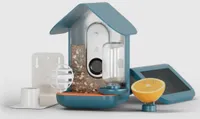5 signs that you have grubs in your lawn — before they ruin your grass
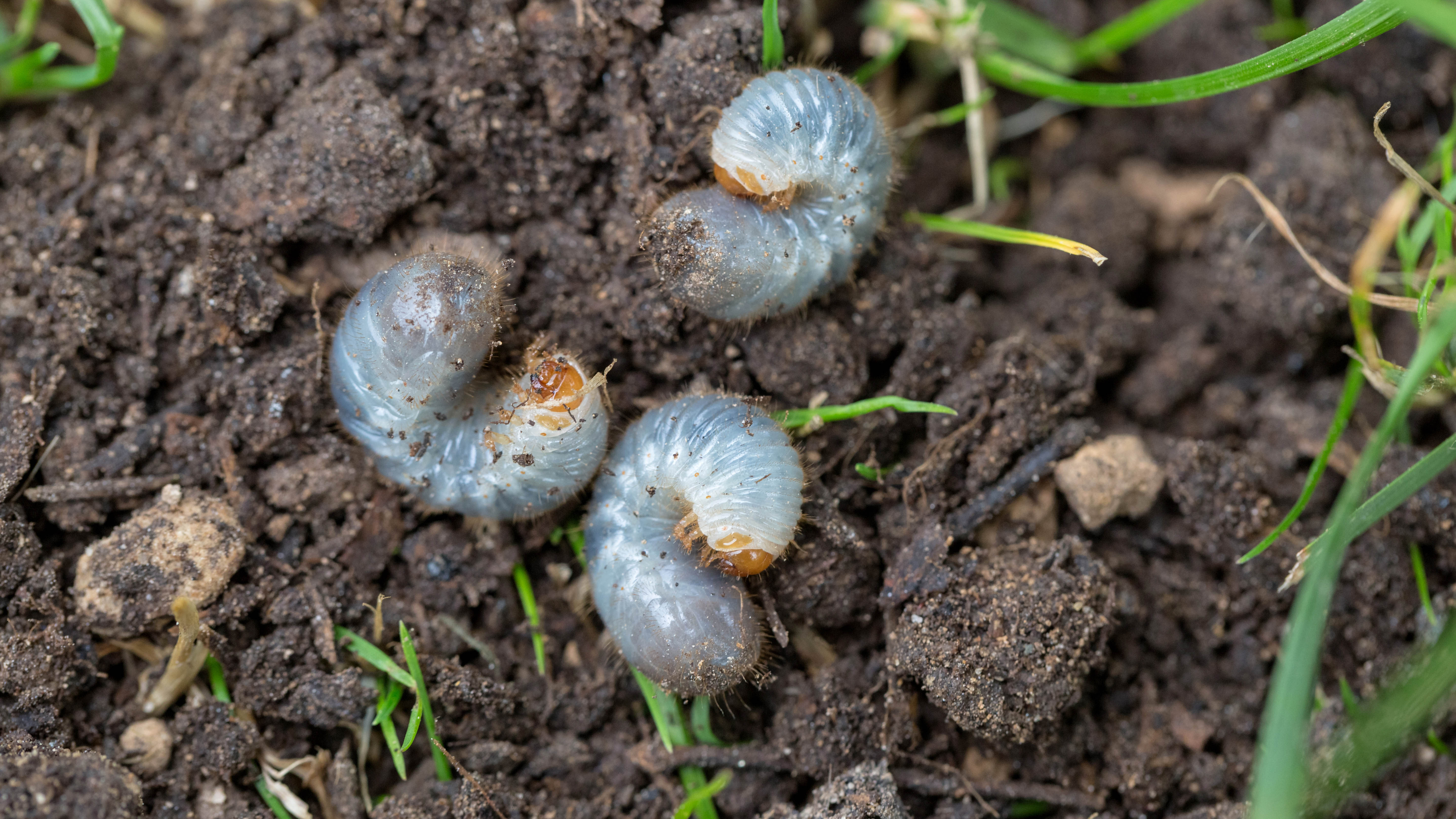
Summer is almost here, and the perfect time to get outdoors to spruce up your yard. And if you take pride in making your lawn look amazing for summer, you’ll need to beware of grub infestations.
Essentially, grubs are baby insects – also known as larvae. As they develop into adult grubs living underground, these will eat their way through grass roots, ripping up the lawn and causing the grass to eventually die.
While grubs are more active during summer, it’s not always obvious if grubs have been lurking in your yard? Especially if you haven't spotted any critters!
Plus, it’s important to know if you’re dealing with a grub infestation so you know how to treat your lawn and get rid of grubs.
So if you haven’t as yet spotted any of these critters, here are 5 telltale signs that you may have grubs in your lawn — and what to do about it.
1. Brown patches in lawn
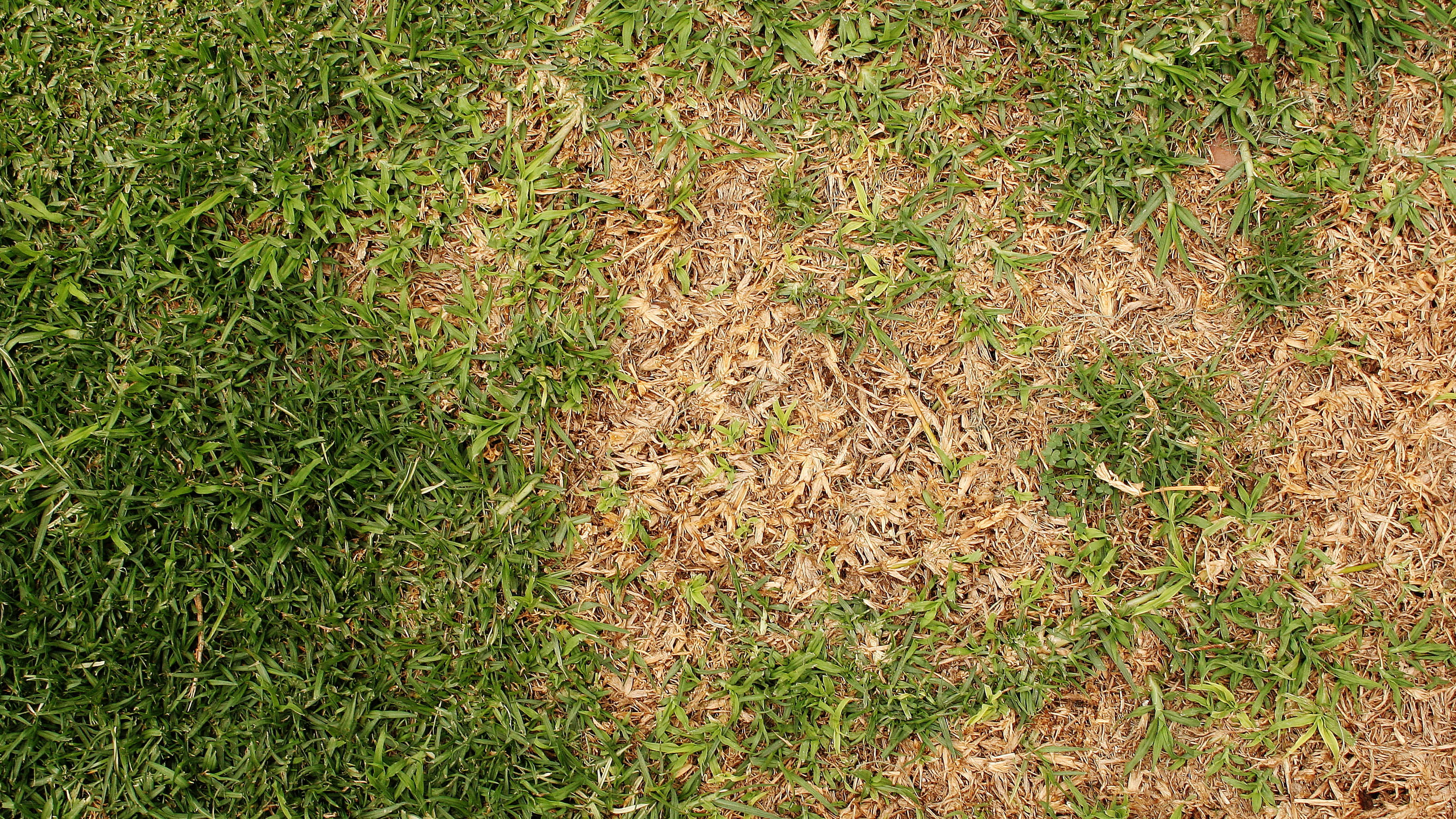
If you’ve noticed brown, dead or discolored patches around your lawn, this might be a sign of grubs.
This is because once they munch on grassroots, this will weaken or damage the blades, creating unsightly brown spots. In fact, if parts of your lawn peels up easily from the soil, this is an indicator of a grub infestation, as roots have been depleted.
Get instant access to breaking news, the hottest reviews, great deals and helpful tips.
Healthy grass needs to have a strong root system to thrive and look lush.. In which case you’ll probably need to know how to get rid of brown patches in your lawn to make it
In addition, knowing how to overseed your lawn and how to do it the right way will help to bring your lawn back to life. To prevent grubs from coming back, there are a few natural repellents that you can try. “Beneficial nematodes (Heterorhabditis bacteriophora) are microscopic worms that attack and disrupt grub lifecycles,” says Luke Hammond, Expert Gardener at Seedtime.
“There are several different kinds of beneficial nematodes and many kinds will help fight against the grubs. Also, encourage natural predators: birds and beneficial insects can help keep beetle populations in check.”
2. Spongy spots
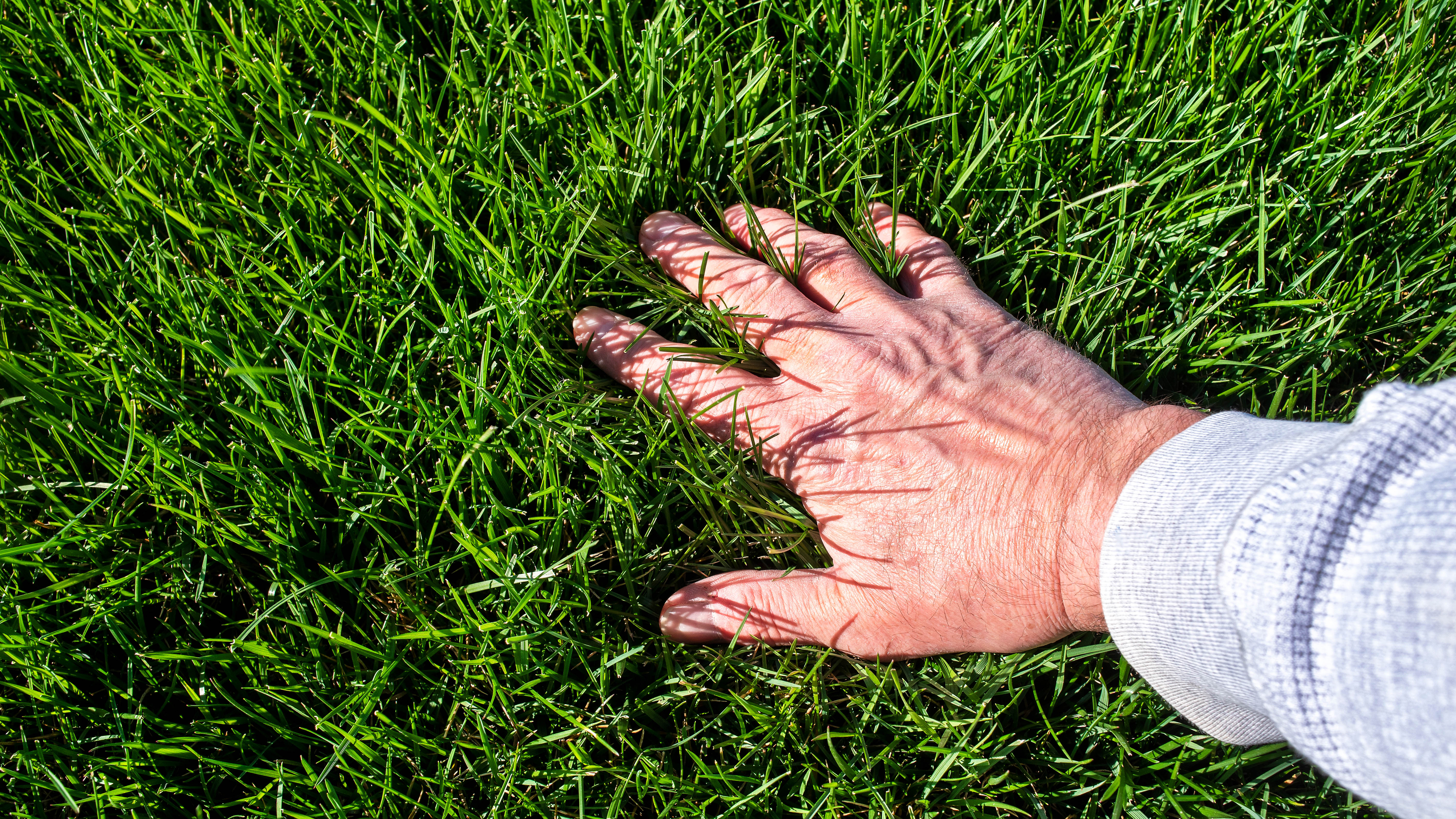
If your lawn looks green or healthy, but you’ve noticed areas that feel spongy each time you walk on it, this is another sign of lawn grubs.
As grubs eat away at the root systems underneath, this weakens the soil, making it feel less dense and squishy.
“Taking steps like proper mowing, watering, aeration, and fertilization help create an environment where your turf can better withstand threats,” advises Matt Cline, expert at HillSide Lawn Service.
“And if grubs do show up, a healthy lawn has a much better chance of bouncing back quickly.”
3. Bird activity
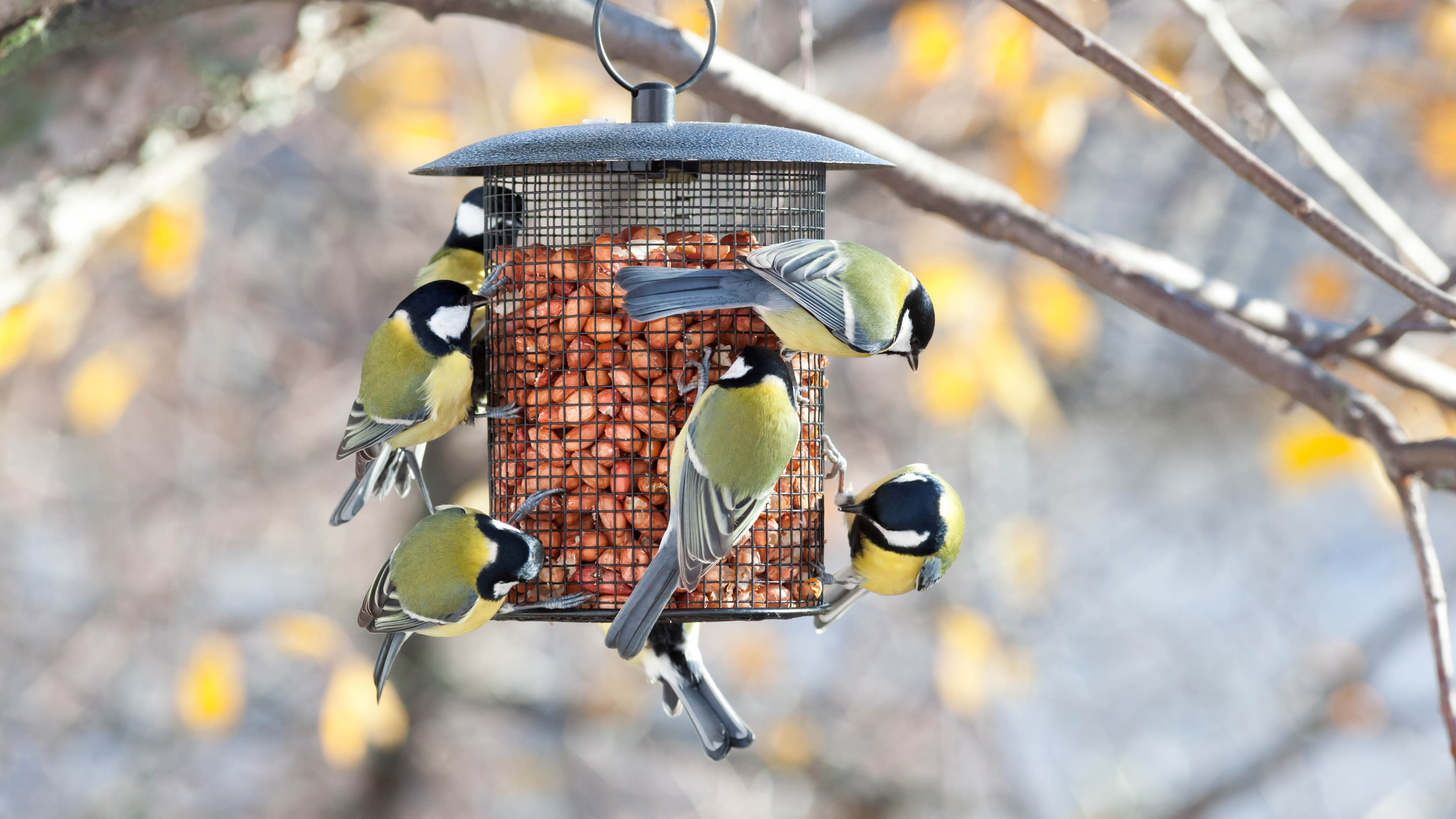
Have you noticed an increase of birds coming to your yard? If so, there may be a good reason for their visits.
Birds and other animals such as skunks, raccoons or moles, enjoy feasting on tasty grubs, and will frequent your lawn for their next meal.
“You can tell that you have grubs if you have excessive animal digging or bird activity in the late summer/early fall in concentrated sections of your lawn,” states Casey DeLoe, Lawn & Arbor Branch Manager at JP McHale Pest Management.
“Animal digging will leave unsightly, skewn tufts of dead turf in the active area. Another sign your lawn has grubs will be brown/dead sections of turf that pull up like a carpet as the root system is totally detached from the soil.”
Alternatively, you could invest in a bird feeder to treat your furry visitors, without the need for them to dig up your lawn.
This smart bird feeder has a camera that records photos and videos of the birds at the feeder, and an AI will identify them for you, too. This deal is for the Bird Buddy with a solar panel roof, saving you from having to recharge the camera yourself.
4. More weed growth
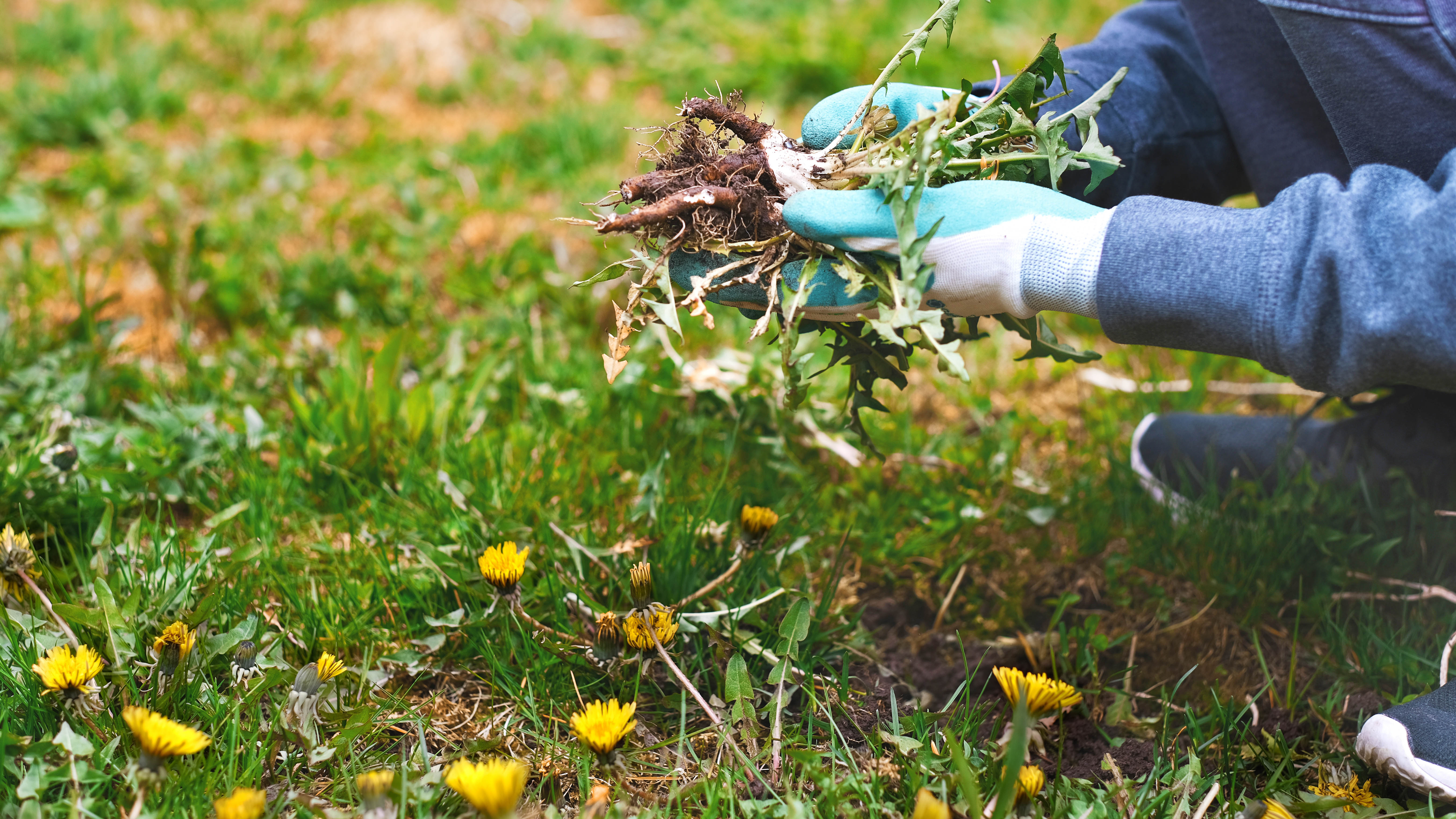
It’s always unsightly when you spot weeds ruining your beautiful grass, which is why it’s good to know how to banish weeds from your lawn without harming the grass.
However, if you’ve suddenly noticed more weeds coming up recently, you could have a grub problem. Weeds tend to thrive in areas where there is weakened grass.
And since grubs weaken the roots, this makes it easier for weeds to quickly take over your lawn.
Luckily, there are plenty of ways to kill weeds naturally — no chemicals required.
5. Hovering moths
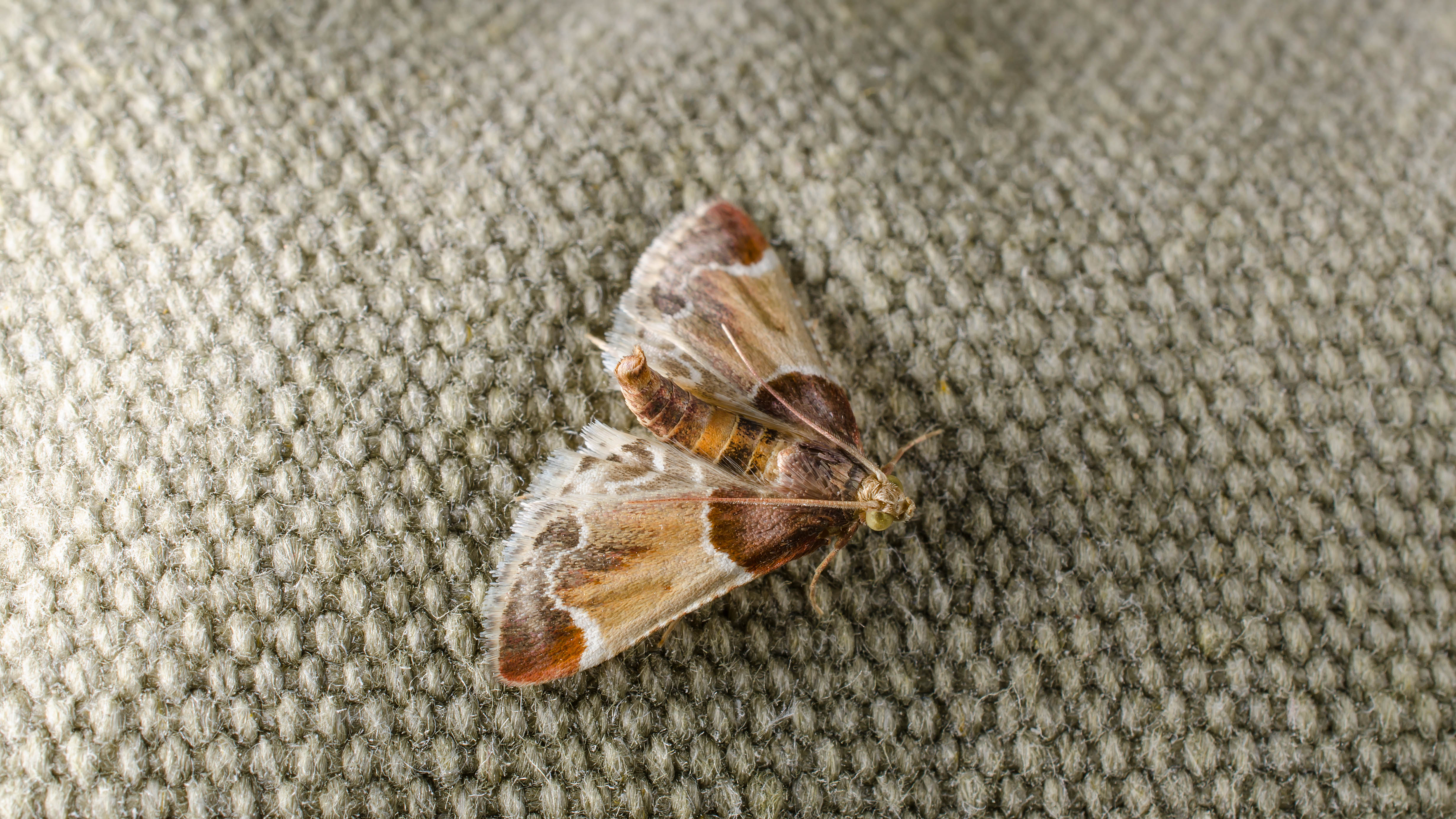
Similarly, if you spot a swarm of tiny moths flying over your lawn, beds, and turf, this can also be an early sign of grubs. The moths are actually in search of a healthy, thriving lawn to lay their eggs and ensure their babies will have sufficient food sources.
What’s more, if moth activity increases over the next few days and weeks, this could indicate the hatchlings are starting to feed themselves.
More from Tom's Guide
- What animal is digging holes in my yard?
- 7 things that attract mosquitoes to your yard
- How often should you mow the lawn? We asked the experts

As the Homes Content Editor, Cynthia Lawrence covers all things homes, interior decorating, and garden-related. She has a wealth of editorial experience testing the latest, ‘must-have’ home appliances, writing buying guides and the handy ‘how to’ features.
Her work has been published in various titles including, T3, Top Ten Reviews, Ideal Home, Real Homes, Livingetc. and House Beautiful, amongst many.
With a rather unhealthy obsession for all things homes and interiors, she also has an interior design blog for style inspiration and savvy storage solutions (get rid of that clutter!). When she’s not testing cool products, she’ll be searching online for more decor ideas to spruce up her family home or looking for a great bargain!
You must confirm your public display name before commenting
Please logout and then login again, you will then be prompted to enter your display name.
